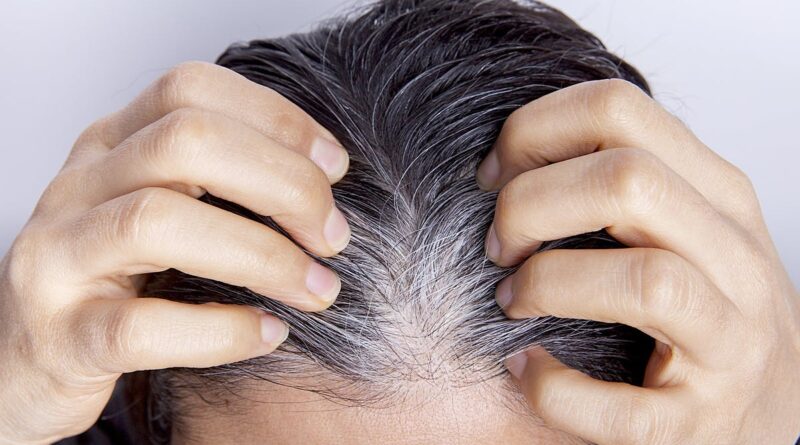4 Most Common Types of Hair Loss
Hair loss has become a common problem for everyone and judging by the number of celebrity hair transplants, it goes to show that anyone could suffer from it.
Nevertheless, if your hair fall has just started or is not severe yet, these are the common conditions that may be the reason behind it:
Androgenetic Alopecia
Affecting around 50 million men and 30 million women, androgenetic alopecia is the most common cause of hair loss in women. Genetics, environmental factors and hormonal fluctuations are reported to be the most common reason behind this condition. However, the pattern of hair loss differs for both men and women:
Male Pattern Baldness
Men having close relatives with pattern baldness are likely to develop androgenetic alopecia in teenage or adulthood. If you are shedding hair from the crown or temple area of the head or your hairline is receding, you are likely to have male pattern baldness. In most cases, hereditary hair loss results in complete baldness.
Female Pattern Baldness
Generally, this type of hair loss in women initiates after midlife. Along with inheritance, increased level of androgens and smoking are other triggering factors. If you have female pattern baldness, your hair growth will slow down and your follicles will shrink which will consequently lead to finer hair. But, unlike men, this condition generally does not leave women completely bald.
Telogen Effluvium
After androgenetic alopecia, telogen effluvium is considered the second most common reason for hair loss. This condition is caused when many hair follicles around the scalp enter a prolonged resting phase, called the telogen phase of the hair growth cycle.
A car crash, surgery, childbirth, medications, improper diet or any other physical trauma can be the reason behind initiating TE. Nonetheless, the symptoms are not apparent and you will likely notice hair thinning after two to three months of developing this condition. Also, TE does not lead to baldness and the condition clears up within 6 to 12 months.
If you think you have abnormal hair fall, try focusing on your diet and ensure you have normal levels of Vitamin D, Vitamin B-6, Vitamin B-12, zinc and iron. OTC drugs like minoxidil are also trusted to prolong the growth phase of follicles. Relaxing by doing yoga or meditation will also help if your hair loss is due to mental stress.
Alopecia Areata
Regardless of age, alopecia areata can occur in men, women as well as children. Although the reason is still unclear, dermatologists share that women are at an increased risk of developing this condition than men.
However, why alopecia areata triggers hair loss in both genders is apparent. Your immune system sometimes starts mistaking hair follicles as foreign invaders. Resultantly, they are attacked and the damaged follicles fail to continue supporting healthy hair growth.
Also, there is no cure to prevent this disorder. But by taking certain medicines or treatments, you can slow down the hair fall or regrow your hair faster.
The condition is categorized into 3 types depending upon the severity of symptoms:
Alopecia Areata: The hair falls in one or two small patches from the head or body.
Alopecia Totalis: Complete hair fall from the scalp.
Alopecia Universalis: Including head, hair starts to shed from eyebrow, eyelashes, chest and other parts of the body.
Traction Alopecia
If you tie your hair tightly in buns and ponytails or style them frequently, you are likely to develop traction alopecia. This condition is caused by continuous pulling of hair which results in loosening hair shafts from follicles. African-American and working women are commonly observed to develop traction alopecia.
The initial symptom of traction alopecia is losing the pulled hair. But afterwards, you may experience soreness or redness of the scalp, bumps or blisters on the head, itching and scaling. And the symptoms are likely to sustain if you continue following the same styling routine for years.
Therefore, to prevent excessive hair shedding, try switching hairstyles and wearing hair down more often. Avoid hair styling procedures involving the application of harsh chemicals and excessive heat. Plus, trim your hair to normal length as long hair can also strain the follicles.
Outlook
Although most of the conditions are likely to develop hair loss in all genders, some causes trigger hair fall in men more than women and vice versa. To identify and treat your condition accordingly, seeking help from a dermatologist is best especially if you have excessive hair loss.




